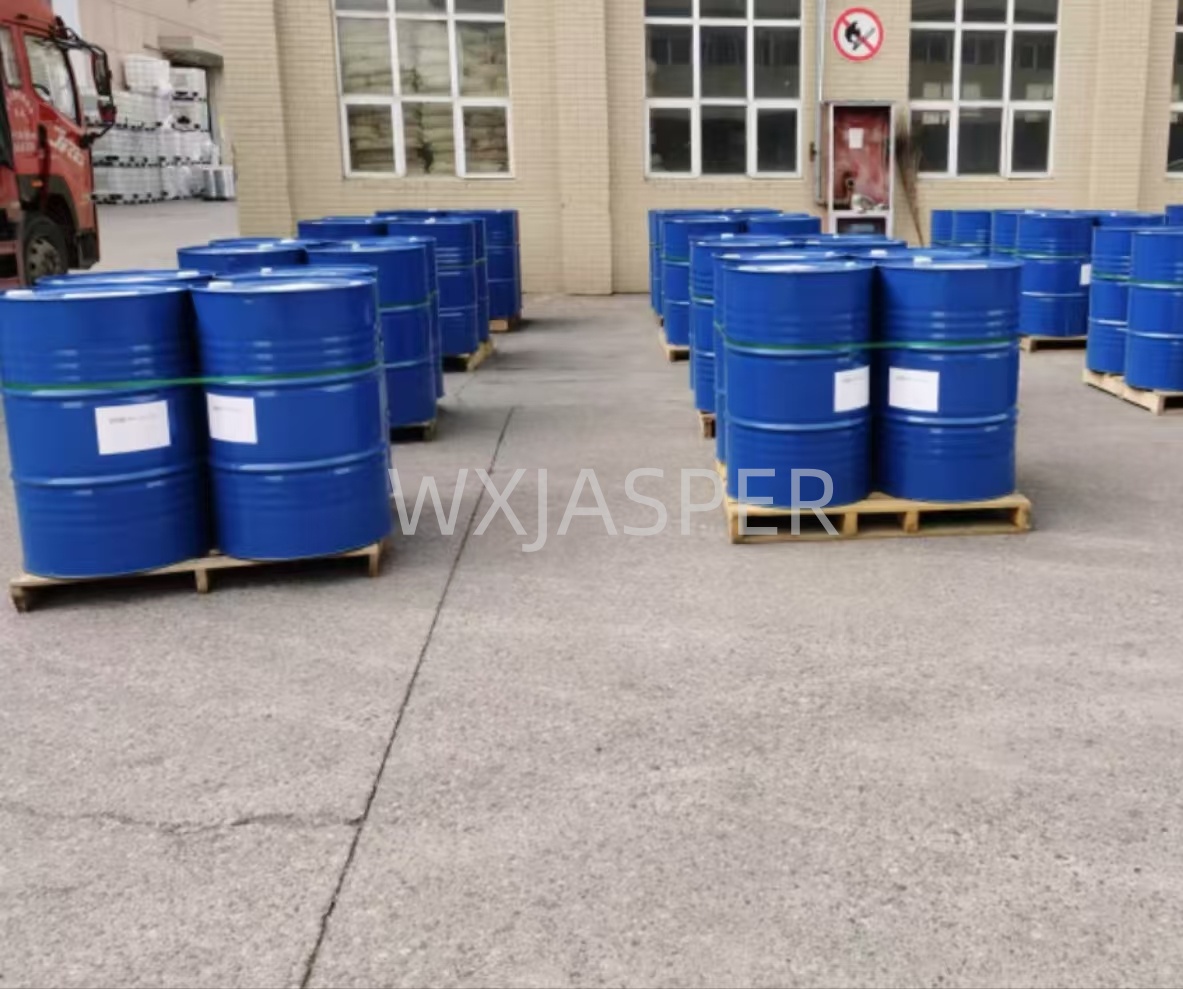Product Details
CasNo: 111-85-3
MF: C8H17Cl
Appearance: liquid
Delivery Time: 15 days
Packing: 200kg/drum
Purity: 99%
1. Basic Information and Core Positioning
- Product Name: RHODIASOLV ADMA 10
- Product Category: Capramide-based green solvent
- Core Positioning: A high-performance green solvent based on capramide structure, designed to enhance the solubility of poorly soluble pesticide active ingredients (AIs) such as tebuconazole (a triazole fungicide). By optimizing the balance between molecular polarity and lipophilicity, it improves the dispersibility and stability of AIs in formulation systems, suitable for EC, SC, CS, and other pesticide formulations. It is particularly ideal for green pesticide R&D scenarios with strict requirements for solvent eco-friendliness and biodegradability.
2. Key Performance and Technical Features
- Excellent AI Solubility: Exhibits outstanding solvency for AIs like tebuconazole (broad-spectrum triazole fungicide), with a solubility of over 250g/L at room temperature (25℃)—far higher than traditional aromatic solvents (typically ≤200g/L). This effectively reduces the risk of AI crystallization or sedimentation, enhancing formulation uniformity.
- Prominent Green and Eco-friendly Properties: As a capramide compound, it has a biodegradation rate of ≥85% (compliant with OECD 301B standards) and extremely low VOC (volatile organic compound) content. It meets EU EC 1272/2008 (CLP Regulation) and US EPA environmental requirements, and can replace some highly toxic, poorly degradable traditional solvents (e.g., xylene).
- Superior Formulation Compatibility: Highly compatible with most pesticide emulsifiers, dispersants, and stabilizers, and miscible with water, low-carbon alcohols, esters, etc., in any proportion. It avoids issues like delamination or flocculation caused by component conflicts, simplifying the formulation design process.
- Synergistic Effects and Stability Enhancement: It can improve the permeability and persistence of AIs in formulations, indirectly enhancing efficacy. Meanwhile, it maintains the physical stability of formulations under high-low temperatures (-10℃ to 45℃) and long-term storage (≥24 months), reducing crystallization or phase separation.
3. Main Application Fields
- Pesticide Formulation Processing: Primarily used in the preparation of EC, SC, CS, and other formulations for triazole fungicides like tebuconazole, serving as a solvent or cosolvent to improve AI solubility, formulation stability, and efficacy.
- Other Fine Chemical Fields: In scenarios such as pharmaceutical intermediate dissolution and high-end coating film-forming aids, it can act as a green polar solvent to enhance the dispersibility of active ingredients and system compatibility.
4. Usage and Storage Specifications
- Recommended Dosage: Adjust according to AI type and formulation, usually 8%–20% of the total formulation mass. For AIs like tebuconazole, it can be added at a ratio of 1:4–1:6 (solvent: AI), and the optimal dosage should be determined through small-scale tests.
- Usage Method: It is recommended to pre-mix and dissolve the solvent with AIs first, then add other additives or aqueous phases, and disperse uniformly by stirring or shearing. It can be compounded with non-ionic emulsifiers to further optimize system performance.
- Packaging Specifications: Packaged in sealed containers, such as 20kg HDPE buckets and 200kg galvanized iron buckets, meeting chemical product transportation standards.
- Storage Conditions: Store in a cool and dry place (5–35℃), avoiding direct sunlight, high temperatures, or freezing. The shelf life is typically 24 months in a sealed state.


